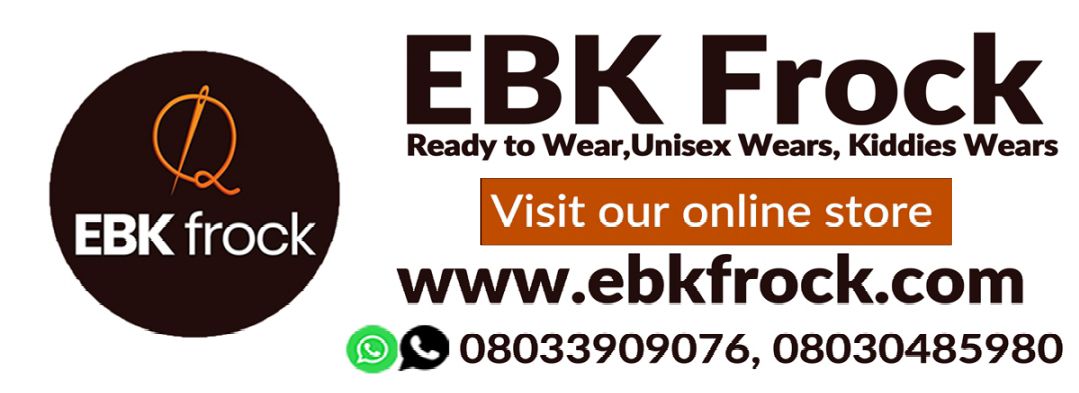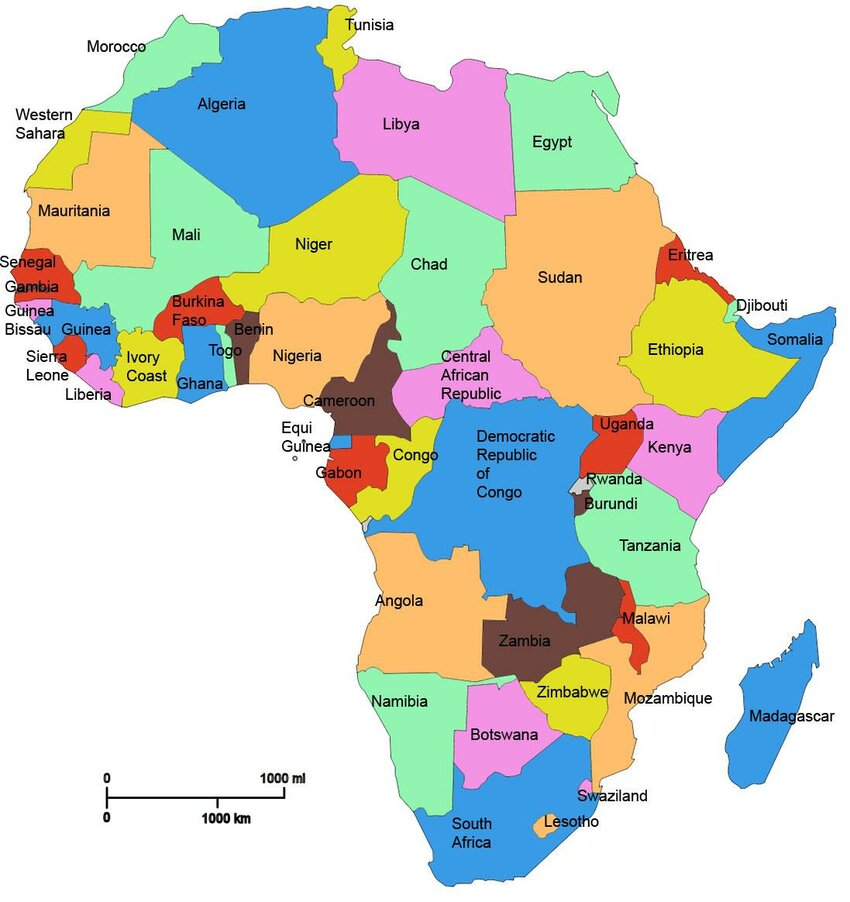BY MULTIPLE EXPERTS (3)
In today’s rapidly changing global economy, African countries are increasingly looking for ways to accelerate economic growth and job creation. By specialising in and joining specific regional and global value chains, they hope to transform local production and stimulate economic growth. While there are a number of different approaches at governments’ disposal – including aggressive direct-investment promotion and special economic zones – fiscal tax incentives are often promoted as the tool of choice to achieve industrialisation. But their effectiveness has been brought into question.
Tax Incentives Are Fast but Not Targeted – and Certainly Not Cheap
The benefits of clear tax rules are obvious: they can quickly be designed and written into law; they are instantly available to any entrepreneur or business that qualifies; and no application forms or lengthy negotiations are required. Furthermore, the ability to administer taxes already exists, lowering the need to design all-new programme structures. A small-business-investment tax credit has clear benefits. Does an entrepreneur want to enter a targeted sector? Check. Invest in new equipment? Check. Hire more employees? Check. But all of that said, the simplicity and speed of tax incentives also make them an imprecise tool.
For instance an accelerated-depreciation tax incentive on equipment purchases can provide a large windfall to companies that were already going to purchase such equipment, but only incentivises a handful of new businesses to enter the market and expand. And while reducing corporate tax rates in one sector can boost the sector as a whole, they often disproportionately benefit large, profitable companies to the detriment of small businesses and local entrepreneurs who are trying to grow. This can be a particularly poignant challenge when the financial windfalls that large foreign companies receive are not reinvested into the local economy.
Which leads to the key question: cost. While there is no precise database on tax expenditure, estimates suggest that governments in sub-Saharan Africa may be losing 1.8 per cent of their GDP to tax incentives every year. Even worse, it is likely that the loss is actually much higher.
The continent needs its finite domestic public resources to achieve national and sustainable development goals. According to an Organisation for Economic Co-operation and Development (OECD) report, domestic revenue mobilisation in Africa is low compared with other regions. Between 2000 and 2020, tax-to-GDP ratios averaged between 15 and 16 per cent for 33 African countries, compared to a range of 18 to 22 per cent for countries in Latin America and the Asia-Pacific, and around 34 per cent for OECD countries.
Because African countries are now operating in a context where the adverse socioeconomic consequences of the Covid-19 pandemic, Russia’s war in Ukraine and climate are rising, the IMF predicts the region will not catch up to its pre-Covid growth rate over the medium term. This phenomenon will slow the recovery of sub-Saharan Africa’s tax-to-GDP ratio. Since African countries’ revenue shortfall is expected to be substantial and financing gaps in the continent are widening, can they afford to lower taxes further?
Finding Alternatives – Direct Programmes Are More Targeted, But Slow
There are no easy solutions in the absence of simple, transparent tax incentives. One alternative approach is to aggressively attract direct foreign investment (FDI), but that requires lengthy, tailored negotiations with the private sector that are susceptible to conflicts of interest and can be captured by project proponents or political actors. Another option is to create large, new government programmes administered by equally new government departments that take years to design, set up and implement. Such alternatives may provide countries with more targeted spending, but can sacrifice speed and sometimes quality.
More likely, governments should adopt a mix of each:
Tax incentives should be targeted where support is intended to reach a large number of sector actors and tied to relatively simple selection criteria.
Direct government programmes are best targeted to reach many sector actors (often small and medium-sized businesses), but where the selection criteria are more complex and require more dynamic administration. Sector actors can include the regional or local community, businesses that provide public-policy benefits, or entrepreneurs who take risks that cannot be captured by simpler tax criteria.
Aggressive direct-investment promotion should target large corporate investment, as these deals require tailored, bespoke tax benefits with legal and regulatory concessions.
But these options cannot work in isolation. Stability, both sociopolitical and macroeconomic, is an important criterion in the decision to invest in a country. In addition, countries must continually build capacity to ensure investment is a net benefit domestically.
Macroeconomic Stability Lowers the Cost of Incentives
The most attractive African countries for foreign direct investment are among the most stable. The 2022 Ibrahim Index of African Governance shows that these countries have generally made efforts to establish a foundation for economic opportunities and human-capital development (there are especially notable advances in security and respect for the rule of law). This progress builds the confidence of investors and international financial partners; their support finances projects and lowers the pressure that government treasuries face. This was seen in the recent $3.5 billion loan agreement between the IMF and Côte d’Ivoire to preserve the sustainability of the country’s public finances and debt.
Capacity Building to Negotiate Win-Win Deals
If tax incentives and industrial-development strategies are going to be net benefits for domestic economies, tax expenditures must become more advantageous in terms of anticipated revenues for states, job creation, technology transfer and development of local resources. In line with the IMF’s 2015 joint report with OECD, the World Bank and the United Nations, the most effective negotiated or broad tax incentives must target and meet the needs of investors in specific sectors, such as renewable energy. In addition, countries must clearly understand how such investments – catalysed by tax incentives – will benefit them and, eventually, their treasuries.
Bottom Line: Producing Local Champions
Whether fiscal incentives are used to accelerate investment from domestic players or attract FDI, the ultimate goal is to support the growth of local supply chains and companies so they can become local champions. And Africa doesn’t produce many of the latter: only 345 African companies exceed $1 billion in revenue, compared to approximately 2,700 in Europe and approximately 3,300 in Asia. To create more champions, African countries will have to strategically activate essential levers, such as providing direct support to entrepreneurs. Access to finance and infrastructure will also be required, particularly for energy and roads. The Single Window for Business Development of Côte d’Ivoire, which combines both support and financing for companies, is a perfect example.
Africa is a large and growing market with enormous human potential, abundant natural resources and a political-institutional framework that has improved significantly over the past three decades. All these factors combine to make the continent an attractive destination for business. Tax incentives boost African countries’ competitiveness but are only one tool among a broad set of options. Meanwhile, the fiscal policy’s relative quality, cost and speed rely on the market being targeted, the macroeconomic context and the capacity of its administration.
@TONY BLAIR INSTITUTE FOR GLOBAL CHANGE




